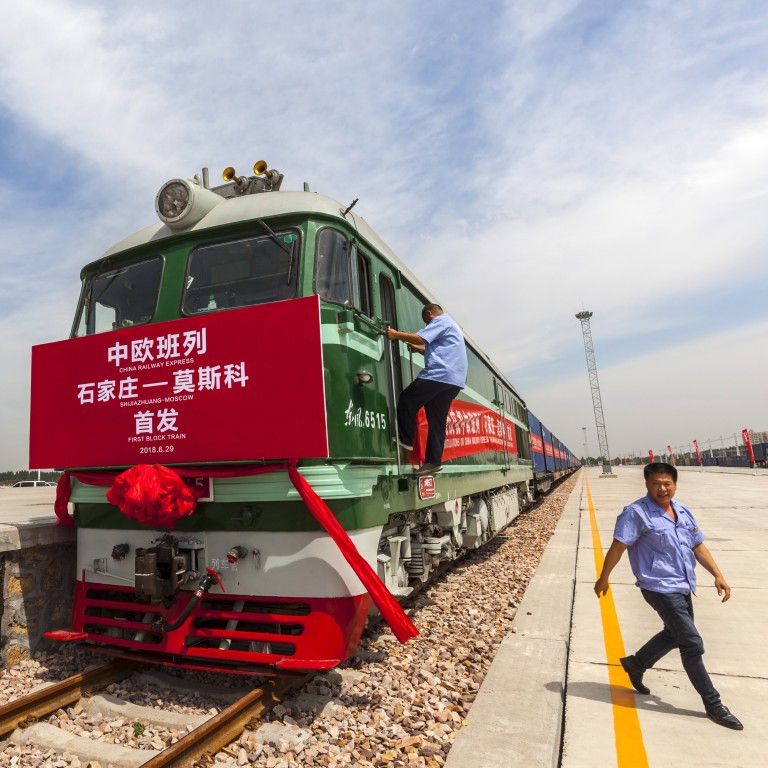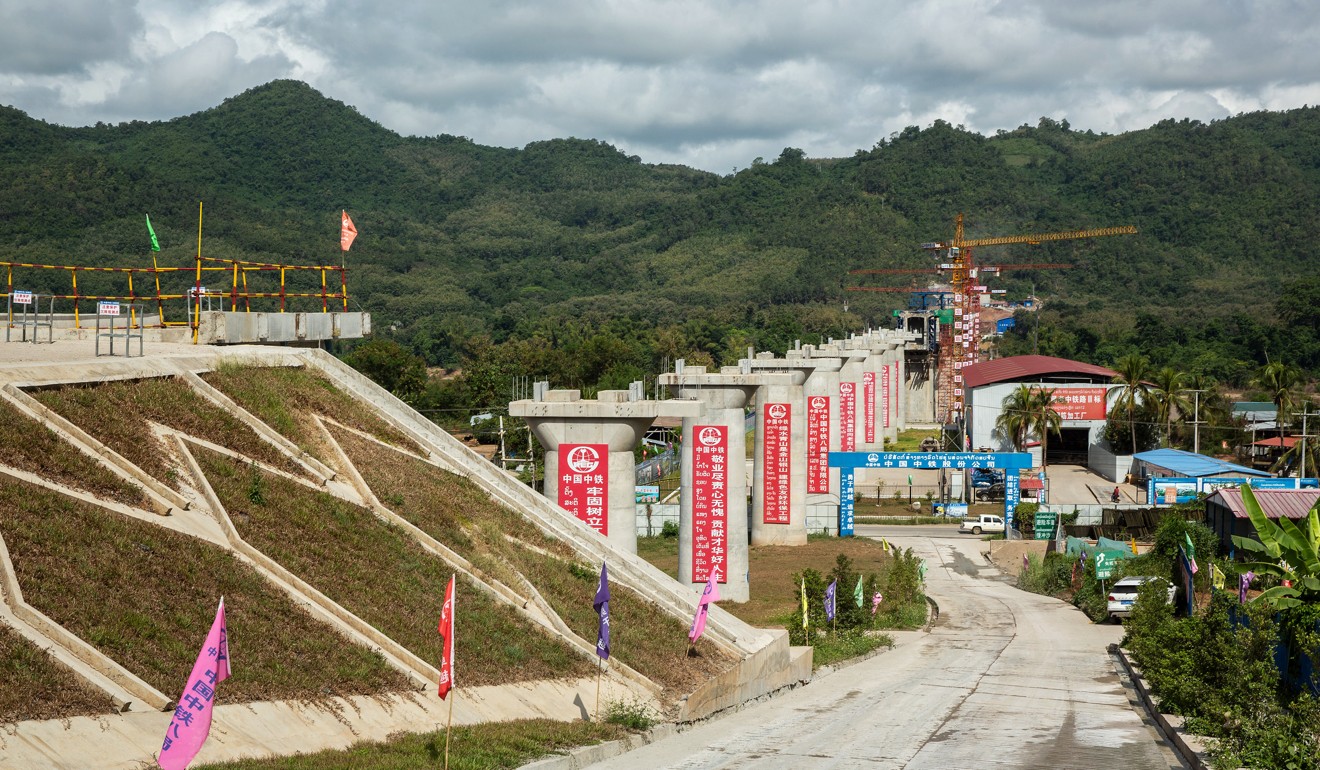
Heavy carbon emitters in China’s belt and road network may put Paris climate targets at risk
- Study on impact of global infrastructure scheme finds that if countries don’t curb emissions, temperatures could rise by nearly 3 degrees Celsius by 2050
- It says ‘investment decisions made now could make or break’ the 2015 goals
It concluded that if the countries did not rein in emissions, temperatures could rise by nearly 3 degrees Celsius by 2050, and that “investment decisions made now could make or break Paris Agreement targets”. The 2015 pact aims to keep average global temperature rises under 2 degrees Celsius above preindustrial levels.
The report on the climate impact of Beijing’s sprawling infrastructure and investment scheme – which seeks to link China with Asia, Europe, Africa and beyond via a network of railways, roads, ports, power plants and other projects – was put together by Chinese, European and US researchers.
It called on Beijing to strengthen finance requirements for projects under the initiative to help reduce its carbon footprint and to promote green investment.

“The Belt and Road Initiative offers an opportunity to decarbonise particularly infrastructure investment,” said Simon Zadek, lead author of the report and a senior visiting fellow at Tsinghua University’s Centre for Finance and Development in Beijing.
“The main reason for focusing on the [belt and road] is that it provides a pathway … that aligns with the interest of the countries involved and the interest of China,” he added.
Researchers from London-based Vivid Economics and the ClimateWorks Foundation in the US were also involved in the analysis.
The report modelled the potential climate impact of different approaches to infrastructure projects in 17 countries in Beijing’s initiative. It found that if the target of keeping temperature rises under 2 degrees Celsius was to be met, countries such as Russia, Iran, Saudi Arabia and Indonesia would have to reduce their carbon emissions by 68 per cent by 2050 from the current trajectories.
It suggested this could be achieved through policy measures, investor commitments and transparency, and international cooperation.
Liu Junyan, a climate and energy campaigner with Greenpeace East Asia, said most of the countries that had signed up for belt and road projects were undergoing rapid industrialisation and urbanisation, and if they continued on the path of investing heavily in fossil fuels, their carbon emissions would also rapidly increase.
“Low-carbon and green development in these areas is critical for reaching the global climate target,” Liu said.
Lender’s remorse? China finds Africa projects require a growing wave of debt forgiveness
Some 126 countries have signed up for Beijing’s vast trade and infrastructure initiative since it was launched in 2013. Those countries account for about 23 per cent of the world’s GDP and about 28 per cent of global carbon emissions, according to the report.
About 70 per cent of global greenhouse gas emissions come from building and running infrastructure such as power plants and transport links, according to a World Bank study. The belt and road countries are expected to account for most of the world’s infrastructure investment in the coming decades.
The report estimated that investment of more than US$12 trillion would be needed up to 2030 to make projects in those countries low-carbon and cost-effective.
Beijing has tried to push a more environmentally friendly approach to the belt and road projects through its “green investment principles” – including low-carbon and sustainable development practices – introduced last year, but analysts said more needed to be done.
“China’s Belt and Road Initiative offers a platform for strong action that could support green, low-carbon and climate-resilient development across 60 per cent of the world’s population and a quarter of global GDP,” said Ma Jun, director of the Tsinghua centre and co-author of the report.
China deepens fashion links with Italy as belt and road plan brings two countries closer
However, when it comes to green investment, China’s definition differs from global standards.
While international institutions like the Climate Bonds Initiative and the International Capital Market Association exclude fossil fuel retrofits from green projects, China’s green bonds include coal, clean-coal technology and retrofitted coal-fired power plants.
In addition, China is still investing far more in coal versus renewable energy overseas. Since 2014, its wind and solar power investments in belt and road countries have amounted to 12.5 gigawatts, but coal-fired power totalled 67.9GW, according to a Greenpeace report in July.
“The challenge is to increase the shift in energy infrastructure investment away from carbon-intensive towards decarbonised energy infrastructure investment, and we’ve seen exactly that experience in domestic China,” Zadek said. “The opportunity is that the same ambitious approach taken domestically in China over the past seven or eight years should be applied to China’s investment programmes outside of China.”

Li Gao, head of the environment ministry’s climate change office, said Beijing had to consider the complex situations of belt and road countries when it came to the green investment principles.
“China will certainly not make investments in overseas projects that don’t meet our domestic standards, but we also need to consider the standards in the countries,” Li said. “If the standards are set higher than the Chinese level and the [belt and road] country’s level then a lot of work can’t get done.”
Greenpeace campaigner Liu said renewables investment was a clear trend and belt and road countries, along with Beijing and financing institutions, should work together to encourage Chinese renewable energy companies to invest abroad.

